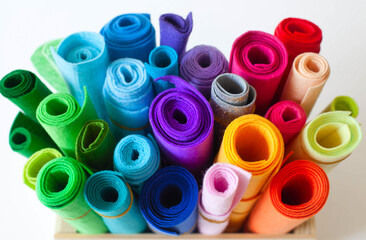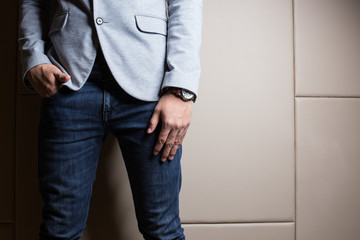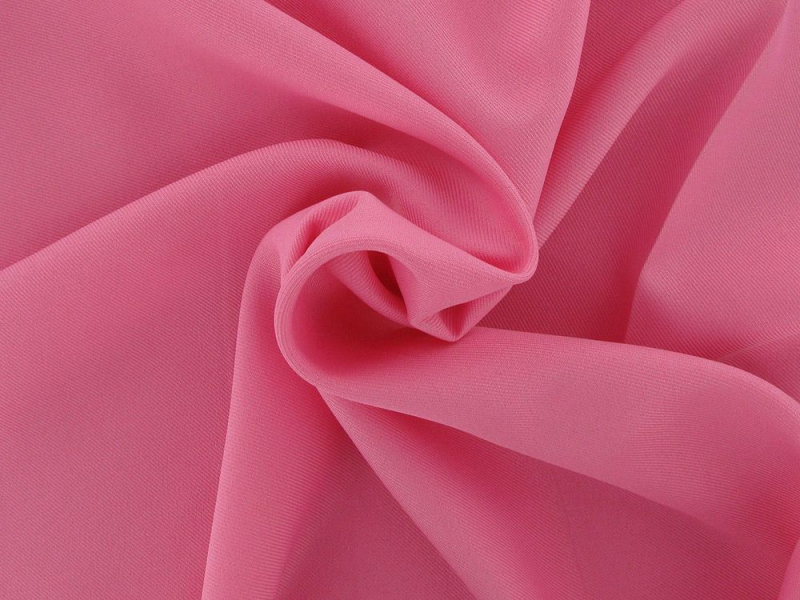What is Linen? How It's Made, Uses and Care Guide
Linen is a natural fibre, and its first use dates back many centuries. However, in modern production, linen is most commonly associated with lightweight clothing and products. This is because its properties make it perfect to wear in hot weather. But, alongside pretty summer dresses and tailored linen suits, this fabric is a top choice for homeware items.
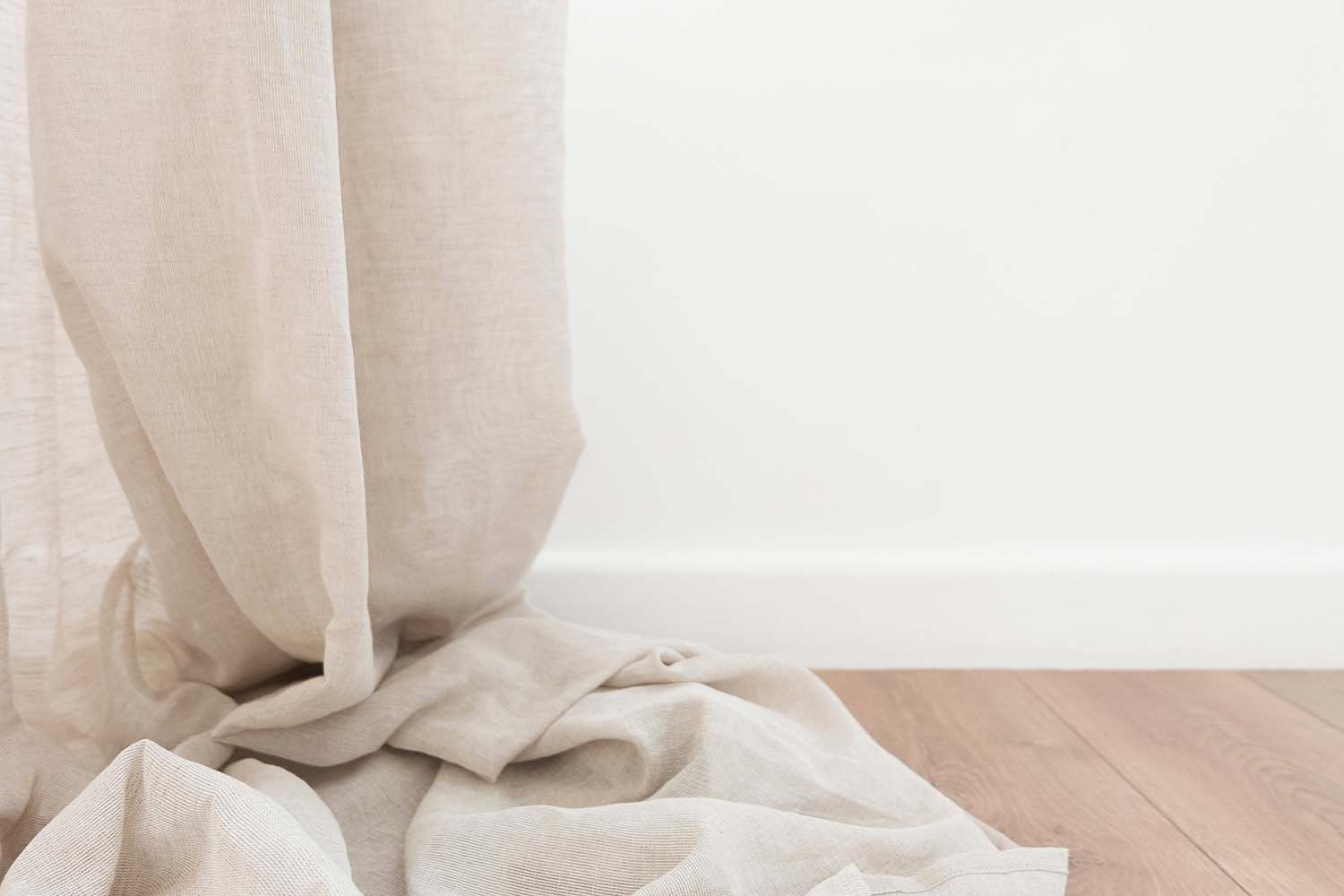
The durability of linen makes it an ideal fabric for sewing projects. So, read on to find out more about this versatile material.
Properties of linen fabric
The properties of linen make it stronger than cotton, in fact, three times stronger. Despite this, it is quick-drying compared to its counterpart. As a result, it makes an excellent fabric for clothing and bedding designed for summer due to its moisture-wicking properties. The base product also holds colour well and can be dyed any shade.
Linen is made from flax, which has natural antibacterial properties, making it a popular option for home furnishings, including bedding and cushion covers. There is little give in the material compared to other fabrics, so it has no stretch and minimal elasticity. Plus, it can be more expensive when compared to cotton.
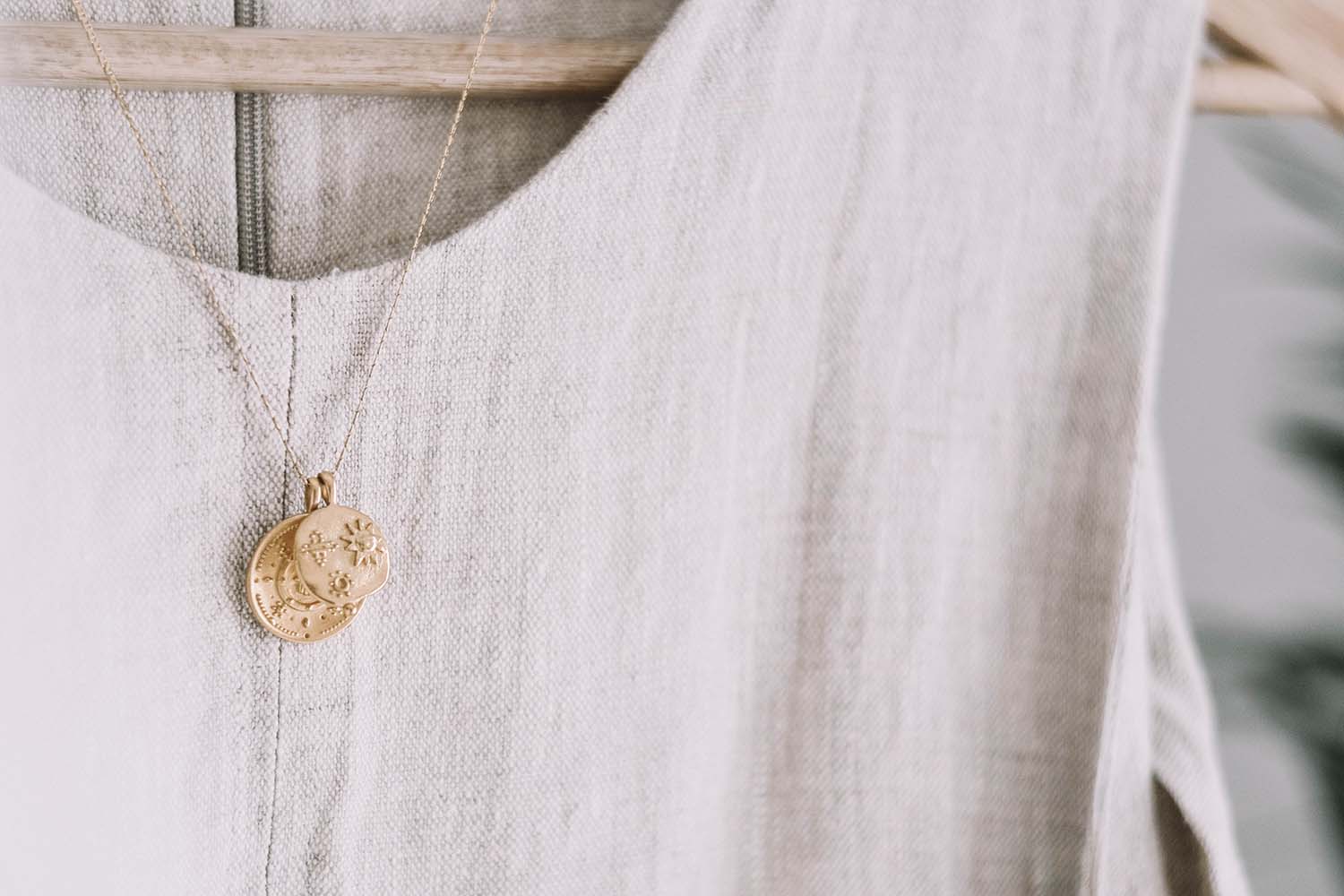
How is linen fabric made?
The process of making linen fabric starts with planting flax seeds. It takes approximately 100 days for the plant to be mature enough to harvest. Flax seeds must be planted when temperatures are lower - otherwise, the plant may die. In order to keep up with demand, flax seeds are sown using machines, and the crops are treated with tiling and herbicides to ensure the maximum yield from every crop harvest.
The plant can be harvested when the seeds are brown and the stems yellow - again, this is done by machine. The first step to preparing the flax for linen production is to remove all leaves and seeds to leave only the stalks.
These stalks are then broken up to separate the inner fibres. Once separated, the inner threads are combed to create thin strands used in spinning.
During the spinning process, the fine fibres are worked with spreader devices to create rovings that can be spun. Once spinning begins, the fibres become yarn wound onto a bobbin. The string can then be dried, treated, and dyed, ready to be woven into specific textile products.

What is linen used for?
Linen is a highly versatile fabric making it popular in many different industries. One of the most common uses is in clothing manufacturing, as linen can be used in almost all garments, from nightgowns to dresses and underwear to jackets. In addition, it is a popular material for many homeware items, including sheets, tablecloths and towels. Linen is also widely used by artists as the base canvas in painting.
Types of linen
There are four main types of linen - depending on the project you are using it for.
- Sheeting linen is slightly textured and has a close weave making it soft to the touch. It is a popular choice for bedding and other homeware products.
- Loosely woven linen is super soft and absorbent. However, its weave makes it less durable. Nevertheless, it is still a top option for disposable items such as nappies and feminine hygiene products.
- Plain-woven linen has a checkered or striped appearance in the weave. You will commonly see this material used in hand towels, bath towels and tea cloths.
- Damask linen is the most delicate and ornate linen material. The weaving process uses a jacquard loom, and the finished product is intricate and looks quite similar to embroidery. This makes it suitable for designer clothing or high-end home furnishings.
- Irish linen is similar to traditional linen, but it is a brand name for any linen produced in Ireland. The fabric must be knitted or woven in Ireland. Still, the raw materials do not have to originate from the country. Irish linen manufactured in Ireland typically carries the Irish Linen Guild logo.
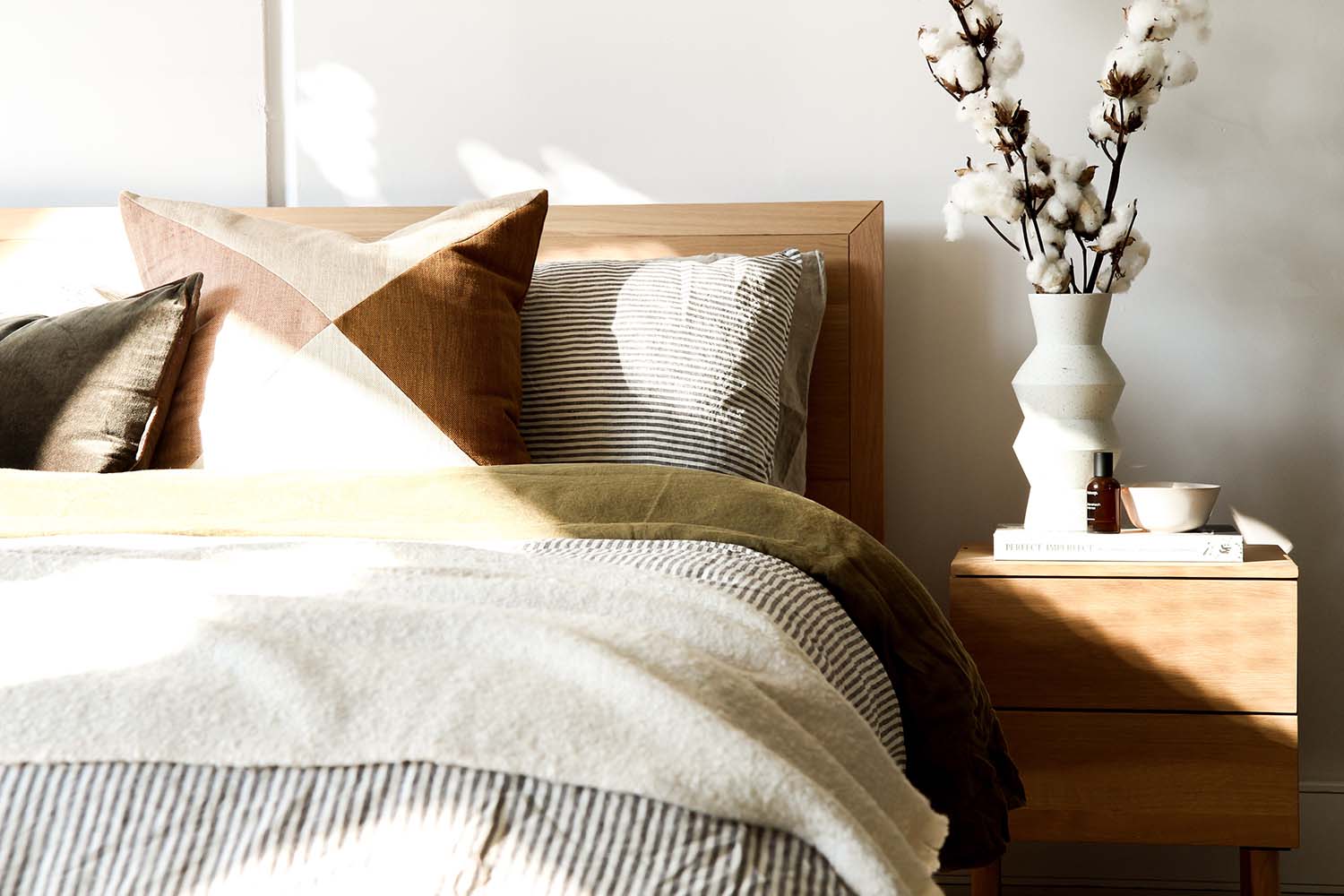
Is Ramie a type of linen fabric?
Ramie fabric has a linen-like appearance. However, it is made from a plant that originates from the nettle family. This material carries similar properties to linen. It’s absorbent, breathable and comfortable for warmer seasons. Unfortunately, it also has some of the same disadvantages, such as creasing easily and low elasticity.
Ramie is a durable fabric and is stronger than cotton. Its soft texture gives it a silk-like touch, and the uneven surface creates a comparable look to linen.
How to care for linen clothing
Linen can be machine washed, but depending on the garment, you may want to consider the services of a dry cleaner. Linen is relatively easy to care for. However, sheeting and damask linen tend to be prone to creasing and wrinkling.
When machine-washed, shrinkage may occur, so take care to use a cool wash. Over time, linen becomes softer, making wrinkles more prevalent.
After washing, air-drying is the best way to avoid further shrinkage. Linen typically needs to be ironed due to creasing. In most cases, using a hot setting while the fabric is slightly damp can help ease the wrinkles out. Use a starching product if you’re looking for an ultra-crisp finish.
Sewing with linen
Linen is a fantastic fabric to work with as it typically doesn’t slip or stretch when you’re cutting or sewing seams. It’s perfect for summer clothing and homeware projects. Plus, there are different fabric weights and colours to get the look and style you desire.
So, if you’re planning your next sewing project, check out our linen range for inspiration.

















